Modern Turkish Weddings
Visitors to Turkey often stumble across colourful Turkish weddings in small towns and villages. They are great fun to attend. But what about the legally required civil ceremony part of modern Turkish weddings, do you know what goes on there? Find out in this extract from my memoir Istanbul Dreams: Waiting for the Tulips to Bloom.”
“I have passed the two large round buildings in Kadikoy where all civil wedding ceremonies are held many times but have never really paid them much attention. I’ve only ever seen the crowds from a distance, and often cursed the cars, minibuses and vans double parked along the road which cause traffic jams that delay my bus. Today, as we plunge through the groups of people milling in the forecourt dressed in formal evening wear, for the first time we notice weddings can be held in either of the two round buildings, marked Salon A and Salon B.
Betül had said she would be by the door looking out for us, but we hadn’t known to ask her which salon door that would be. To make matters worse, each salon has two doorways. We walk through the first doorway of Salon A trying to find her, into a large waiting area packed with brides and their parties decked out in all their finery, standing around before they go into the main auditorium where the actual wedding ceremony takes place.
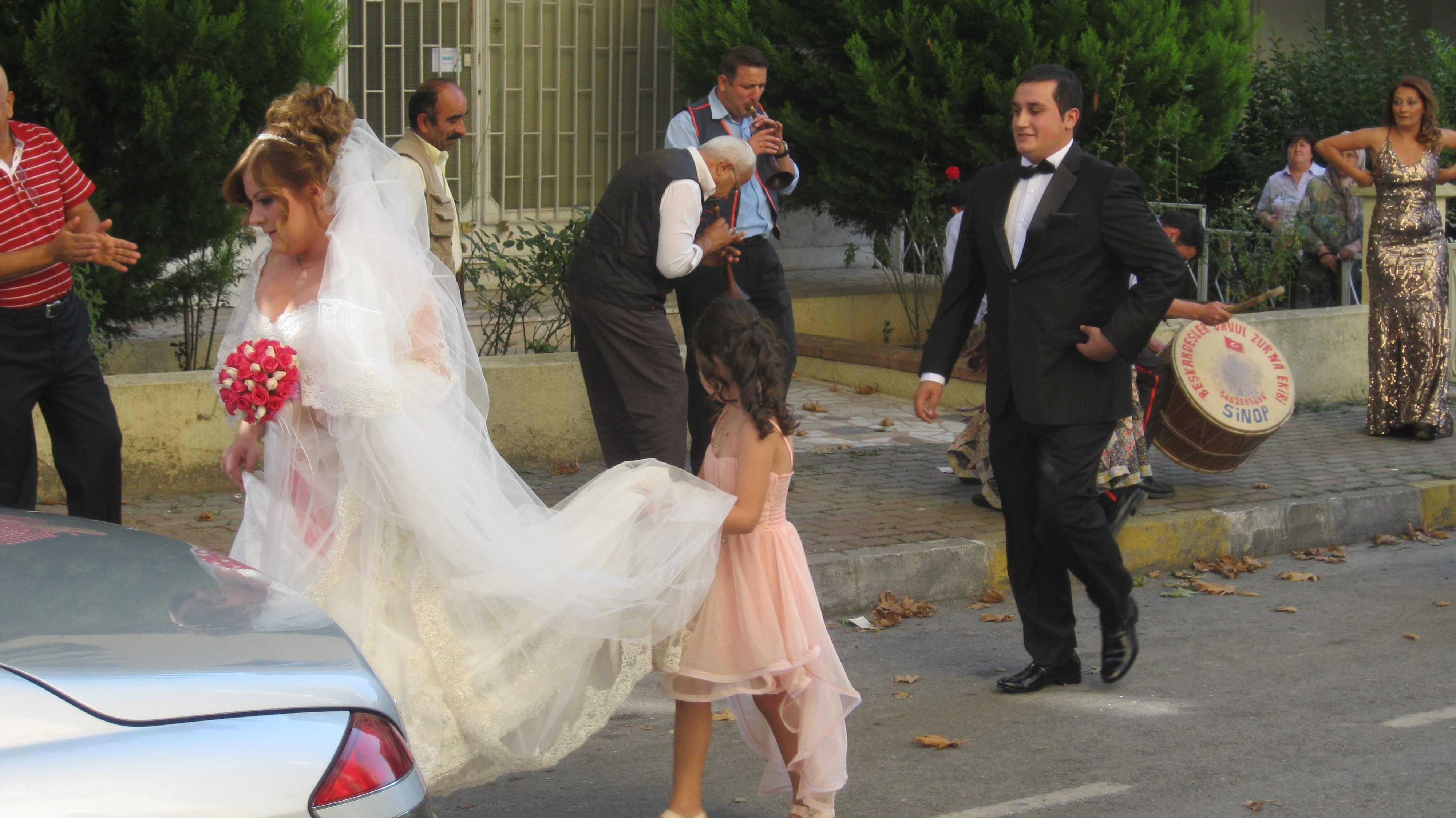
We go back outside and then into Salon A again, but this time though the door on the other side of the building to where the newly married couples emerge from the auditorium and wait to receive congratulations and gifts of money. We walk through both buildings in the same way without seeing anyone we know. Back outside under the slanting rays of the strong afternoon sun we become caught up in the frisson of nervous brides, heavily made up with bouffant hairstyles circa 1960, decked out in metres and metres of tulle, ruffles and lace.
Finding Betül among the hundreds of people around us is impossible, so I ring her. She instructs me to head for Salon B. When we reach the waiting area we are just in time to see Hanife being swept up by a huge group consisting of her mother, mother-in-law, sisters, aunties, cousins and other female relatives and friends. Her entourage is trailed by the less important male members of their party, including the groom. As we all enter the auditorium, wedding guests from the previous marriage ceremony are still dribbling out through the opposite door.
By the time we enter the hall Hanife and her husband-to-be are already seated at a long table on a raised stage. Betül takes us to where Dilara is sitting, and then asks me to mind her handbag before she goes and joins the bridal couple up on stage. She is appearing as Hanife’s witness and she sits by her side looking very nervous, as do the groom and his witness. In contrast Hanife looks as if she can’t wait for the action to begin.
Despite wearing make up that looks like it has been applied with a trowel her natural beauty and excitement shine through. The four of them are quickly joined by a wedding official who wears a red silk robe over her conservative knee length skirt, white blouse and string of pearls.
She begins by making a speech in Turkish which is too quick for me to follow. The audience applauds and then she continues by asking a series of questions. All present speak loudly and clearly into a microphone, and at each answer the audience applauds again. Both witnesses give a response to what sounds like the same question, and then it is the turn of the bride and groom. When it comes to Hanife though, I don’t need to understand the words to understand the meaning. She smiles broadly and shouts a deafening ‘Evet’, which is greeted by shouts of laughter. It is evident she is more than happy to accept Metin as her new husband.
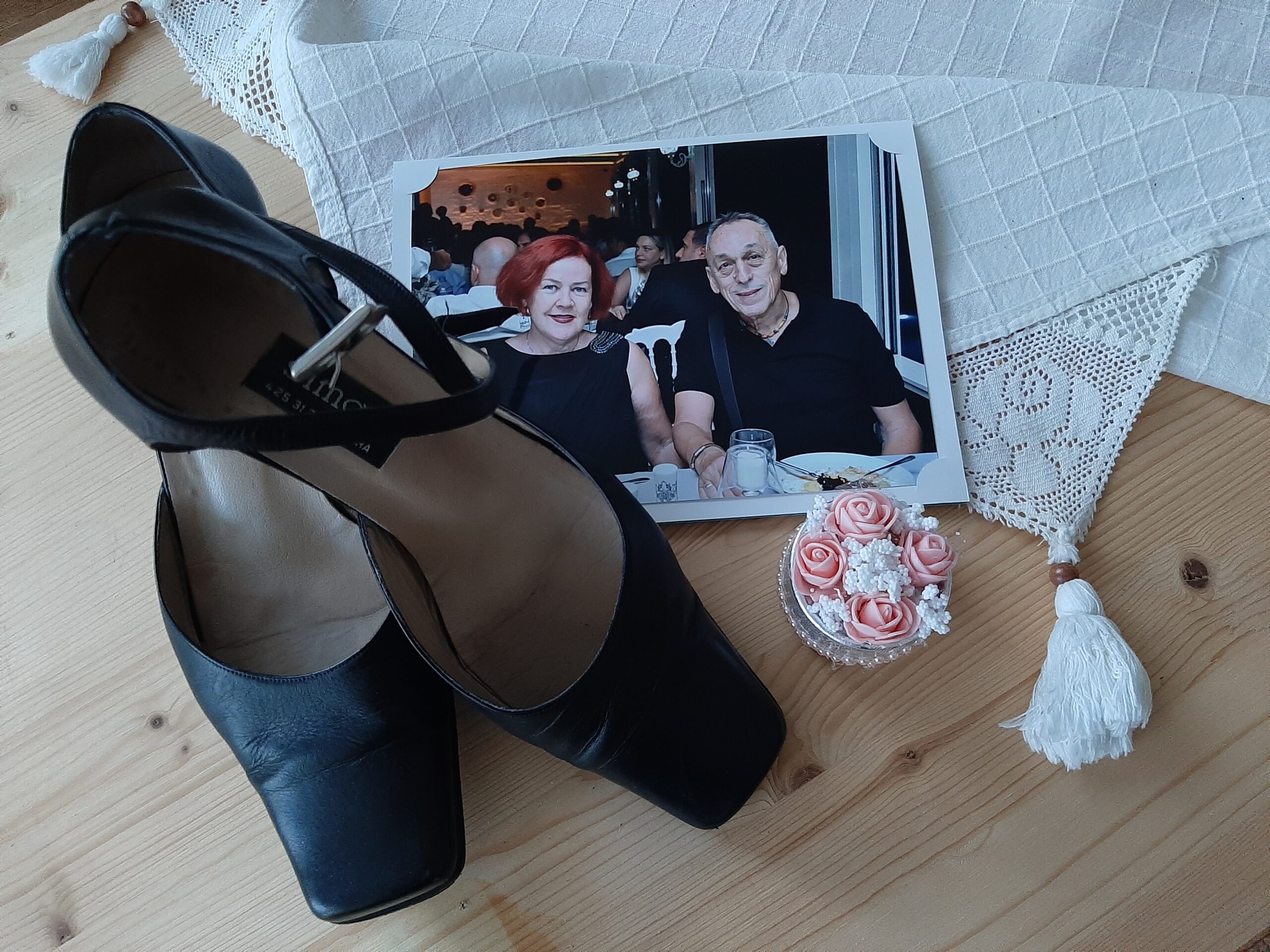
The minute the documents in modern Turkish weddings are signed a corny but sentimental Italian song comes over the loudspeakers and everyone applauds the newlyweds. I applaud too, surprised to find I have tears in my eyes. Kim and I aren’t married and don’t feel the need to be. I don’t really understand why the most logical of women often seem to become completely irrational and almost demented over their weddings. Nonetheless, Hanife looks so beautiful and is clearly so wrapped up in her groom that it’s hard not to be overcome by the moment.
Next to me Dilara cries openly and loudly as the newlywed couple innocently kiss each other on either check in the Turkish fashion and then begin to make their way out of the auditorium. I am still holding Betül’s handbag as I wait for her to help Hanife down the steps so her massive bridal train doesn’t trip her up.
Almost before we are halfway out the door the next party arrives, the music changes, and another marriage is underway. This goes on from nine in the morning until five in the afternoon all weekend, from spring to autumn, with each ceremony taking no more than fifteen minutes.”
Modern Turkish weddings and more …
If you’ve enjoyed reading this extract about modern Turkish weddings I know you’ll enjoy reading my memoir Istanbul Dreams: Waiting for the Tulips to Bloom.
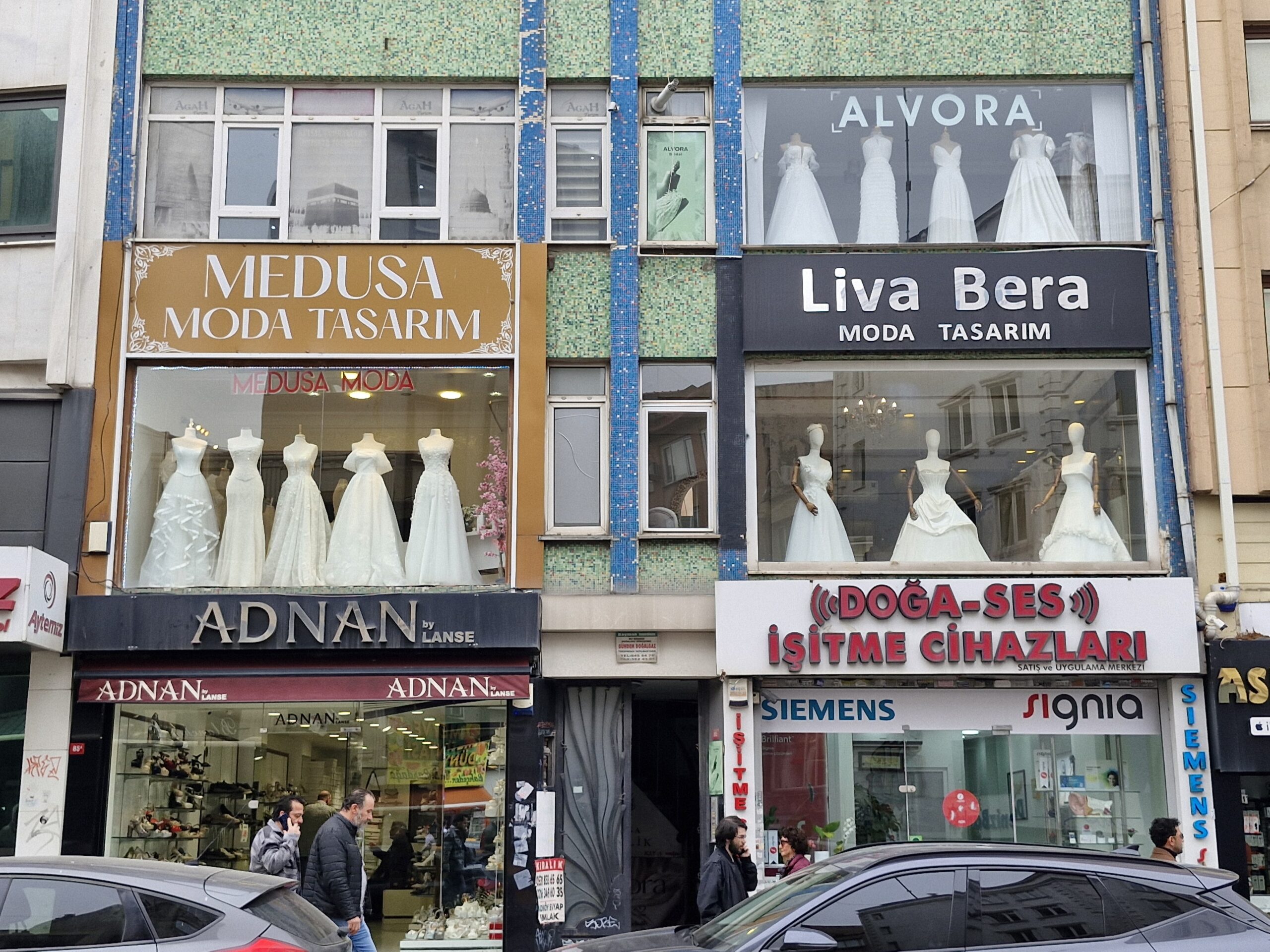
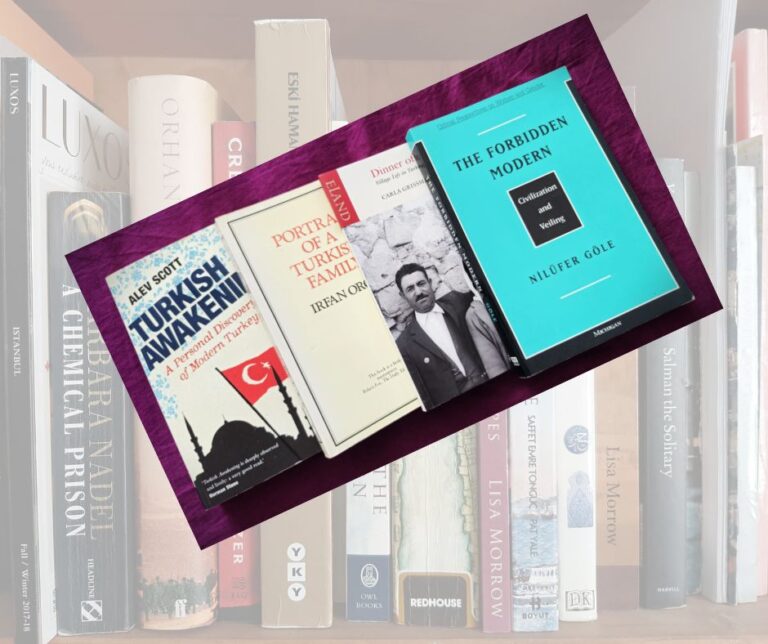
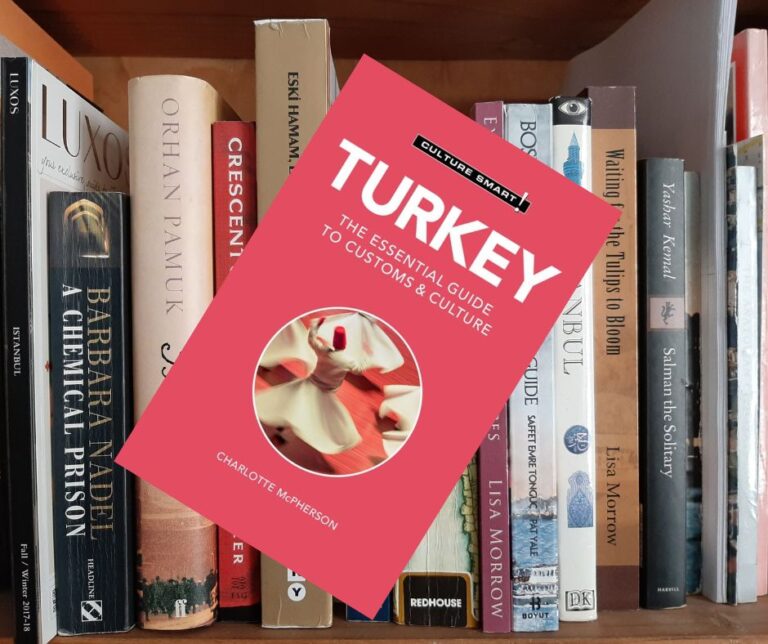
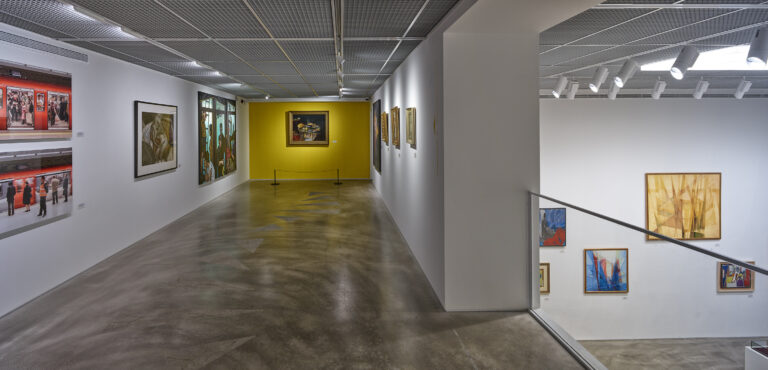
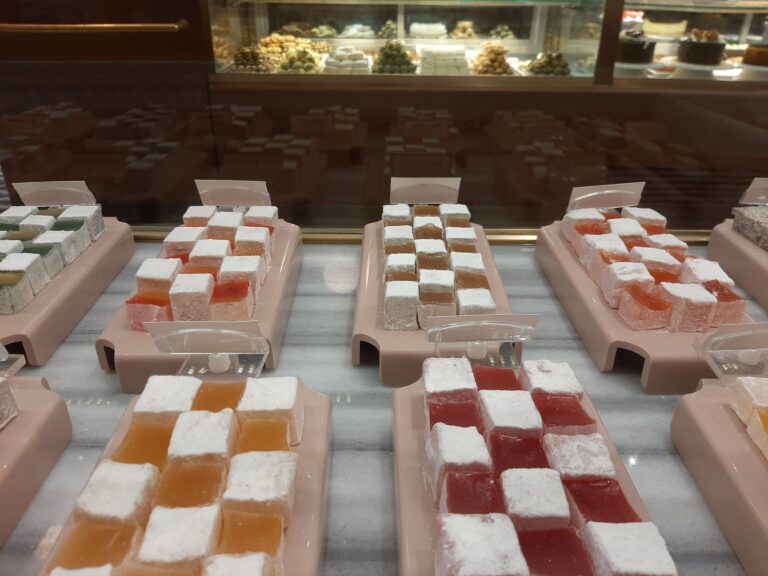

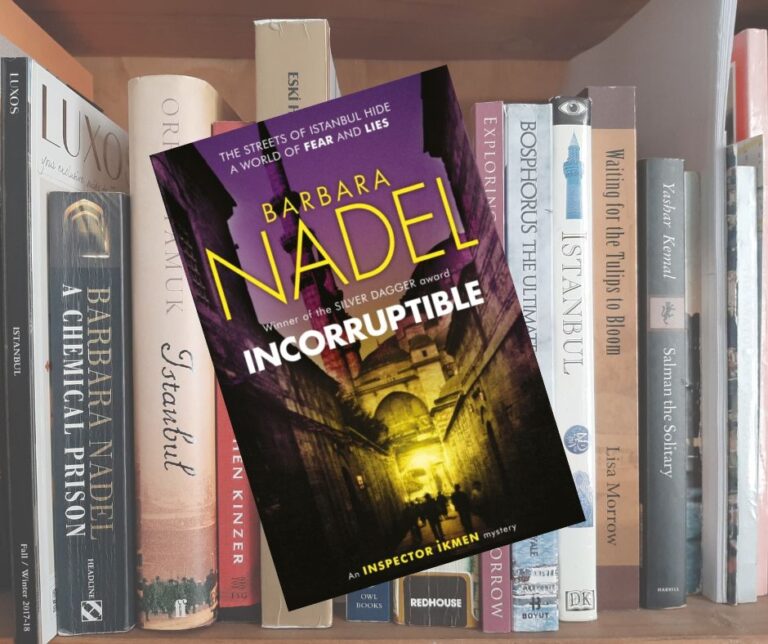
It’s much more personal to get the registrar to come out to you – a bit more expensive but less of a conveyor belt. Most non-Turks are surprised how short the official Turkish wedding ceremony is – a couple of minutes at most.